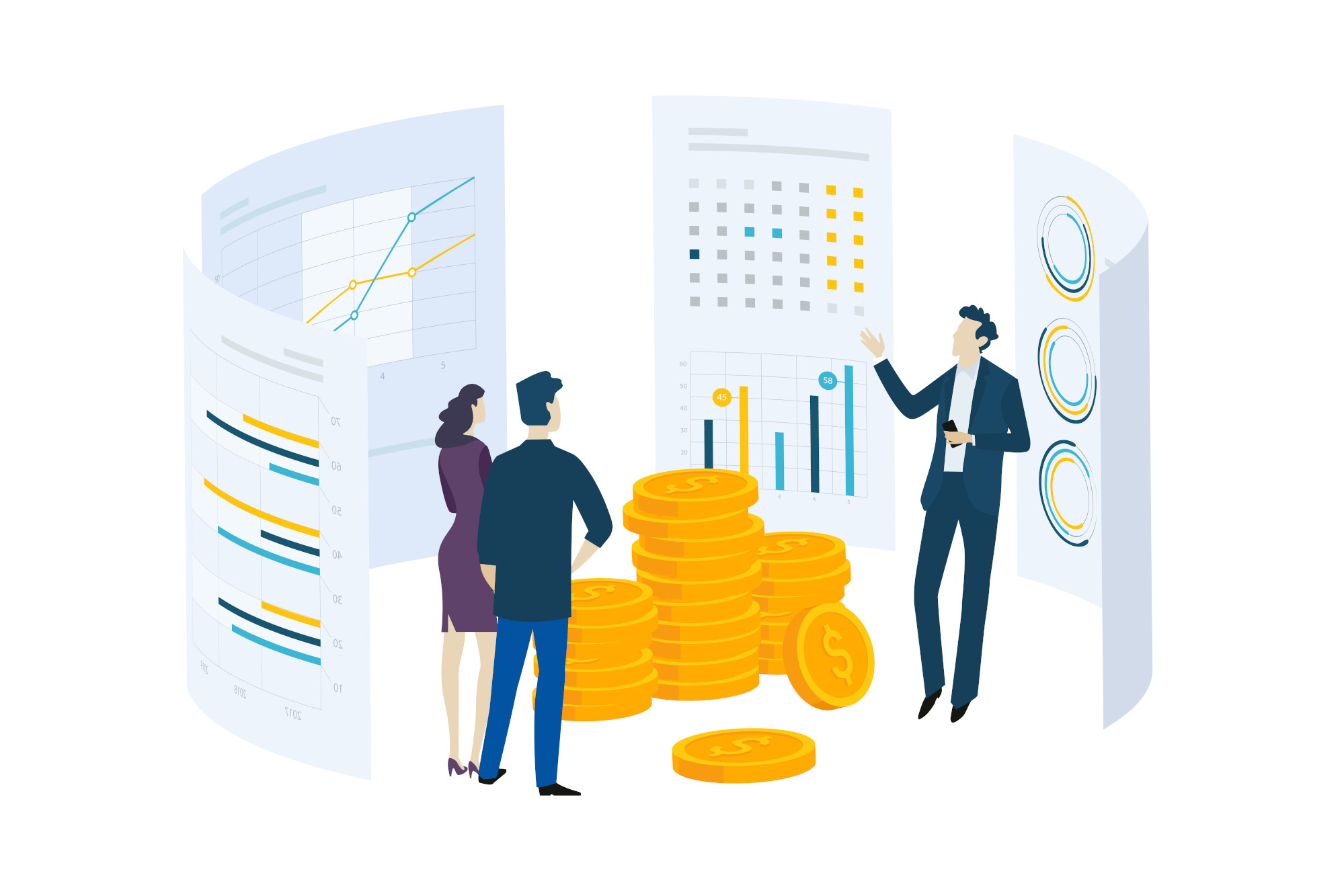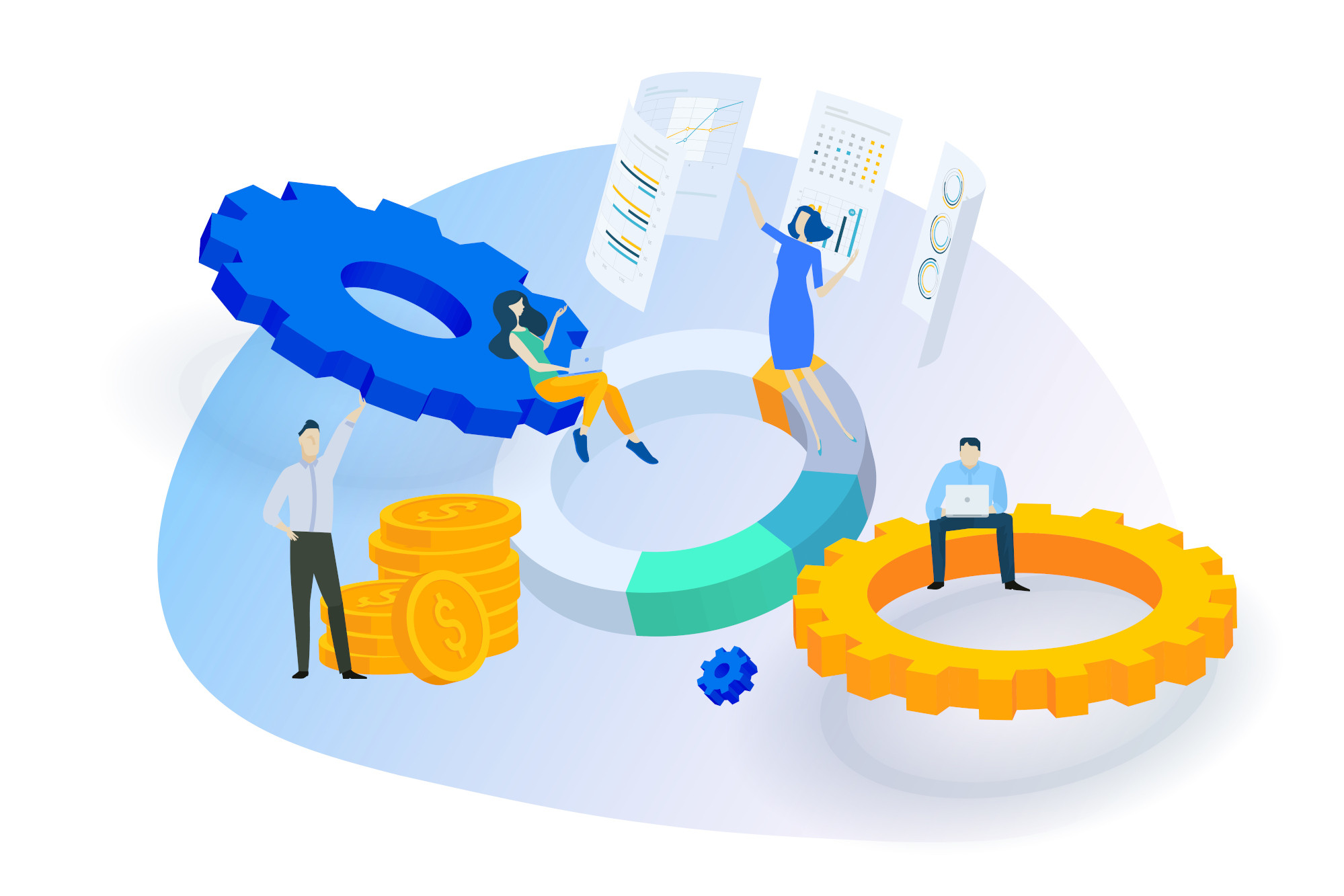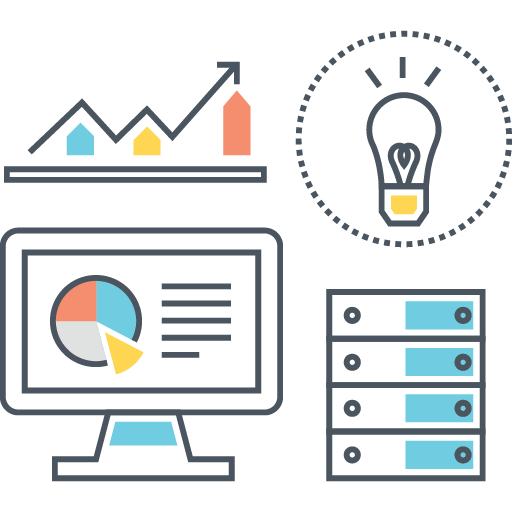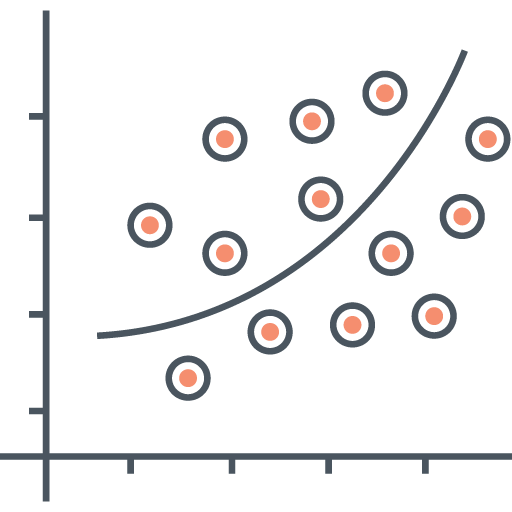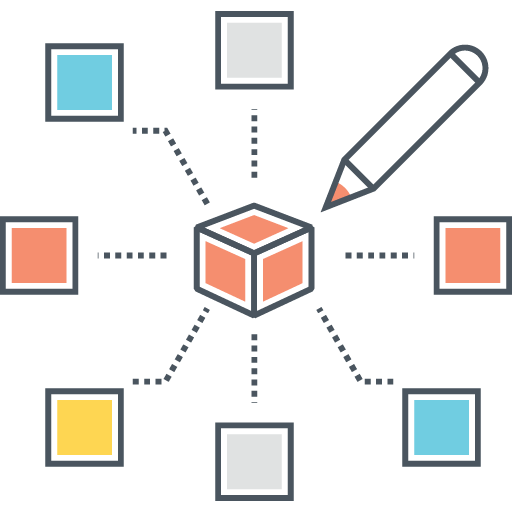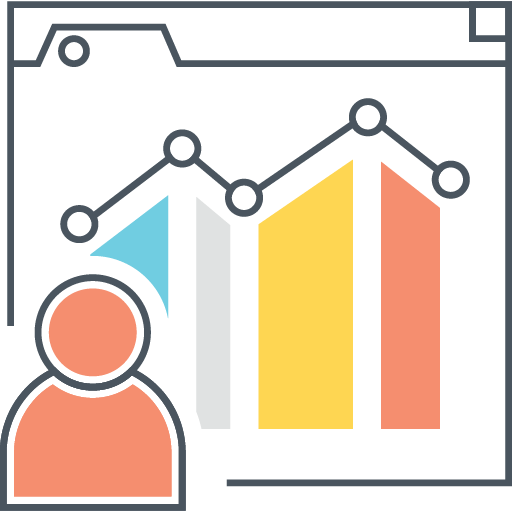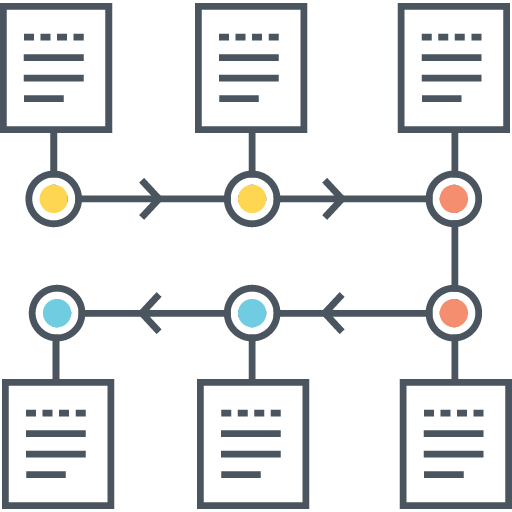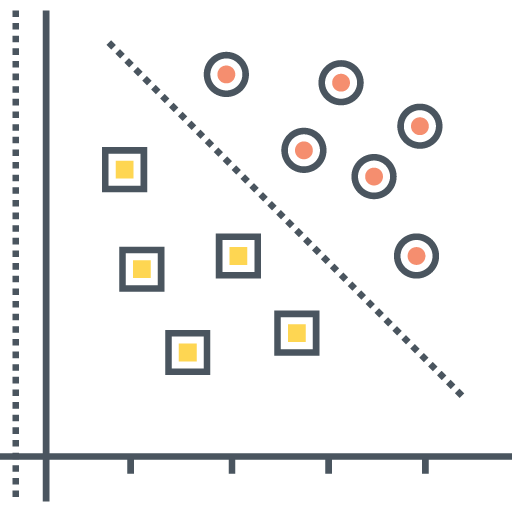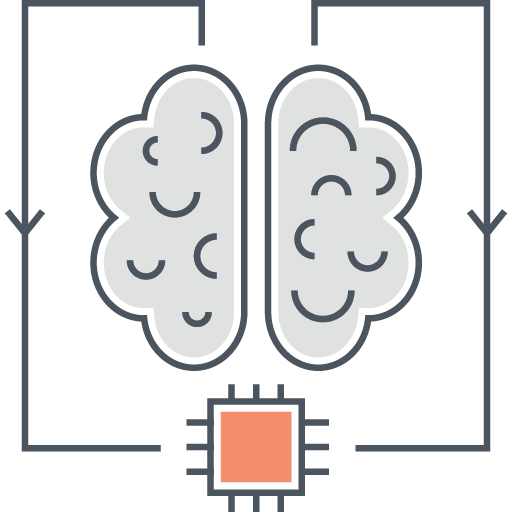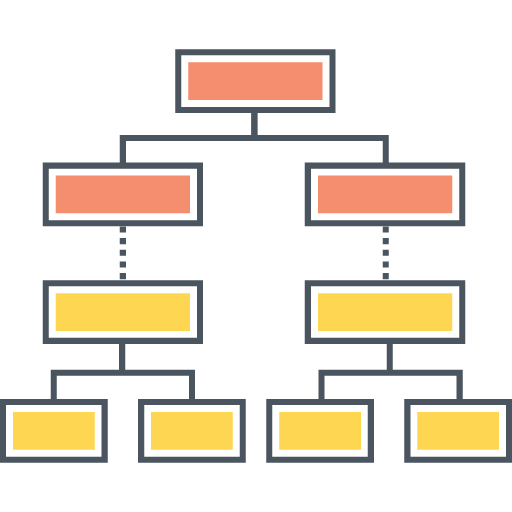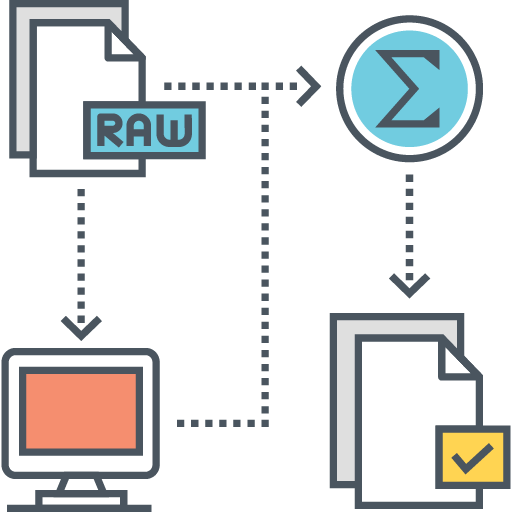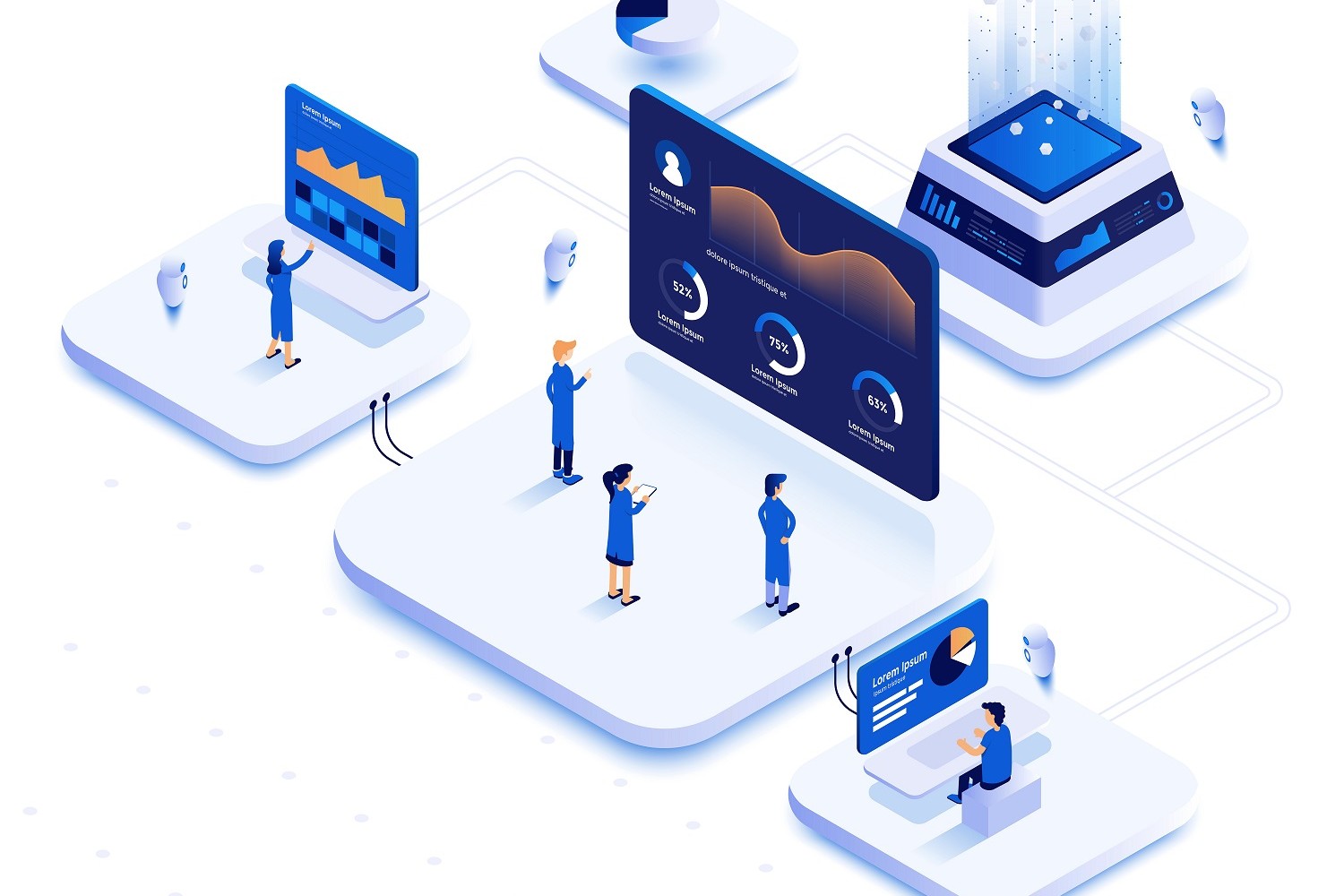Case Studies
Browse Through Our Case Studies
Data Analysis for your business
Starting right from the data cleansing operation to deriving insights, our specialized skills and domain knowledge helps you to focus on your untapped business potential. Effective data modeling and data discovery is achieved with advanced techniques in data mining and statistical analysis. These techniques result in improved predictive analysis. As every industry and domain is challenged with different sets of complex parameters to analyze, the techniques to be applied differ for industries and domains.
The data available for analysis may be incomplete and may contain duplicates or errors. With our data cleaning and quality assessment process, these factors are corrected and prevented from happening on a repetitive basis. Our data experts check for data consistency and reliability to ensure data analysis success. After the extensive analysis of datasets and identifying the patterns, key insights are provided to you for your critical business decision making.
Statistical Analysis
After the primary analysis of the data is completed for cleaning and maintaining quality, advanced statistical techniques are applied to determine correlations, identify patterns and creating models for data analysis
Regression
By applying this technique, a linear or non-linear relation between dependent and independent variables is established to predict the dependent variable. This is a powerful technique which can be used for consumer behaviour insights, understanding the factors influencing profitability, predicting trends, creating forecasts and assessing risks in finance and insurance domains etc.
Classification
Time series analysis like ARIMA, Exponential Smoothing etc. considers the internal structure or trend within the data points taken over a period of time. Time series analysis helps us to predict sales, distribution and profit; it is a very useful technique to analyse businesses which have effect of seasonality on their demands or supply.
Discriminant Analysis
This approach is used to analyze the data when the dependent variable is categorical and independent variable is interval by nature. It is used in computer vision tasks like face recognition, determining consumption patterns and customer loyalty, identifying price sensitive customers, determining credit risks, predicting customer churn, etc.
Principal Component and Factor Analysis
By applying this technique, a linear or non-linear relation between dependent and independent variables is established to predict the dependent variable. This is a powerful technique which can be used for consumer behaviour insights, understanding the factors influencing profitability, predicting trends, creating forecasts and assessing risks in finance and insurance domains etc.
Time Series Analysis
Time series analysis like ARIMA, Exponential Smoothing etc. considers the internal structure or trend within the data points taken over a period of time. Time series analysis helps us to predict sales, distribution and profit; it is a very useful technique to analyse businesses which have effect of seasonality on their demands or supply.
Cluster Analysis and Segmentation
Hierarchical or non-hierarchical cluster analysis is applied to classify objects or cases into relative groups or clusters. It clusters the data based on set rules for similarities and/or differences. Cluster analysis is used in effective customer segmentation, fraud detection for insurance companies, credit scoring for banking, identifying similar sales transactions, product categorization etc.
Machine Learning and Artificial Intelligence
Along with advanced statistical analyses, various models can be generated for Machine Learning and Artificial Intelligence capabilities.
Neural Networks
Neural networks are a set of algorithms similar to human brain which are designed to recognize patterns. Models like Feedforward Neural Network, Convolutional Neural Network (CNN), Recurrent Neural Network (RNN), Multilayer Perceptron etc. process past and present data to predict future values and identify any complex, hidden correlations. Neural networks has vast applications across different industries including speech recognition, pattern recognition in images, natural language processing, recommendation engines, fraud investigation, risk assessment etc.
Decision Tree Methods
Decision tree methods like CART, Bagging-Boosting, Random Forest etc. can be applied to regression and classification problems. These methods are very effective for general business decisions, product planning, determining customer willingness to purchase, forecasting future outcomes and assigning probabilities, determining eligibility of customer segments for loans, deciding on marketing strategies for different segments of customers based on purchase capacity etc.

